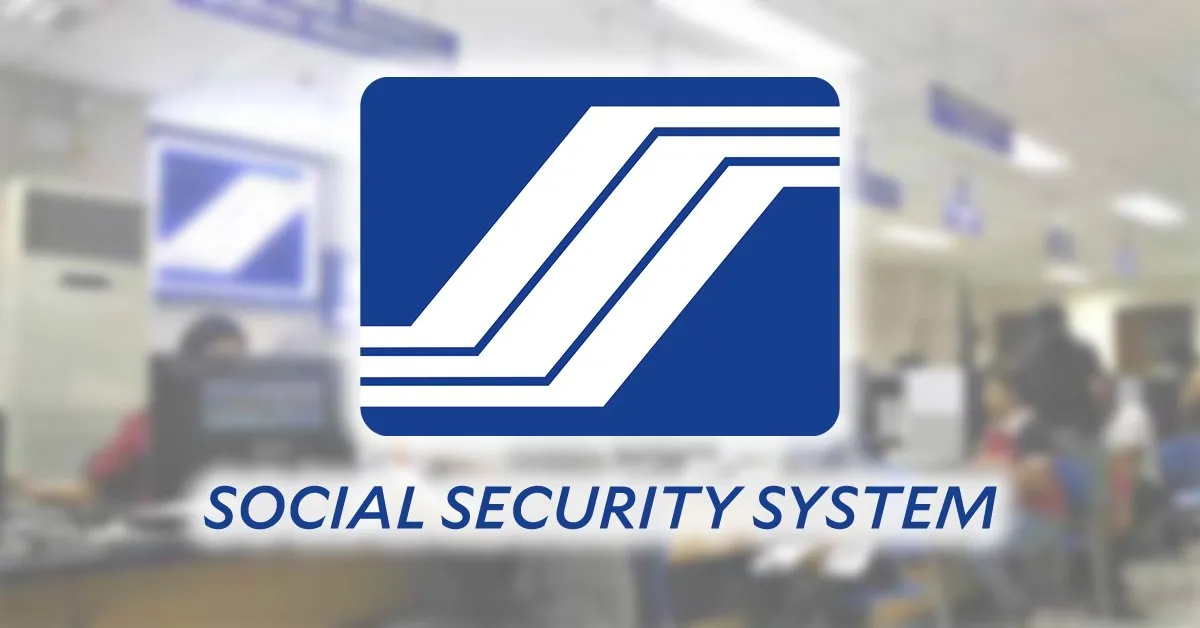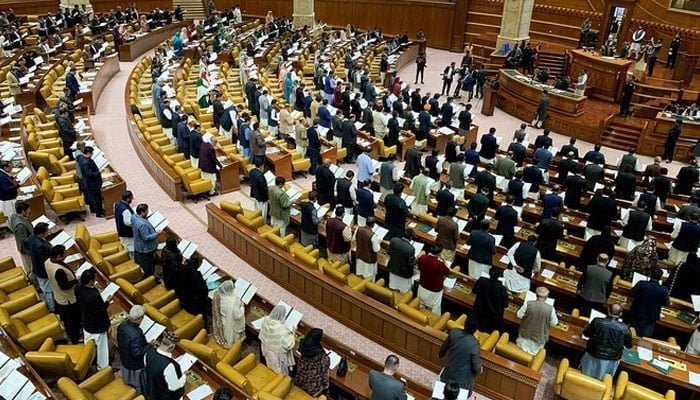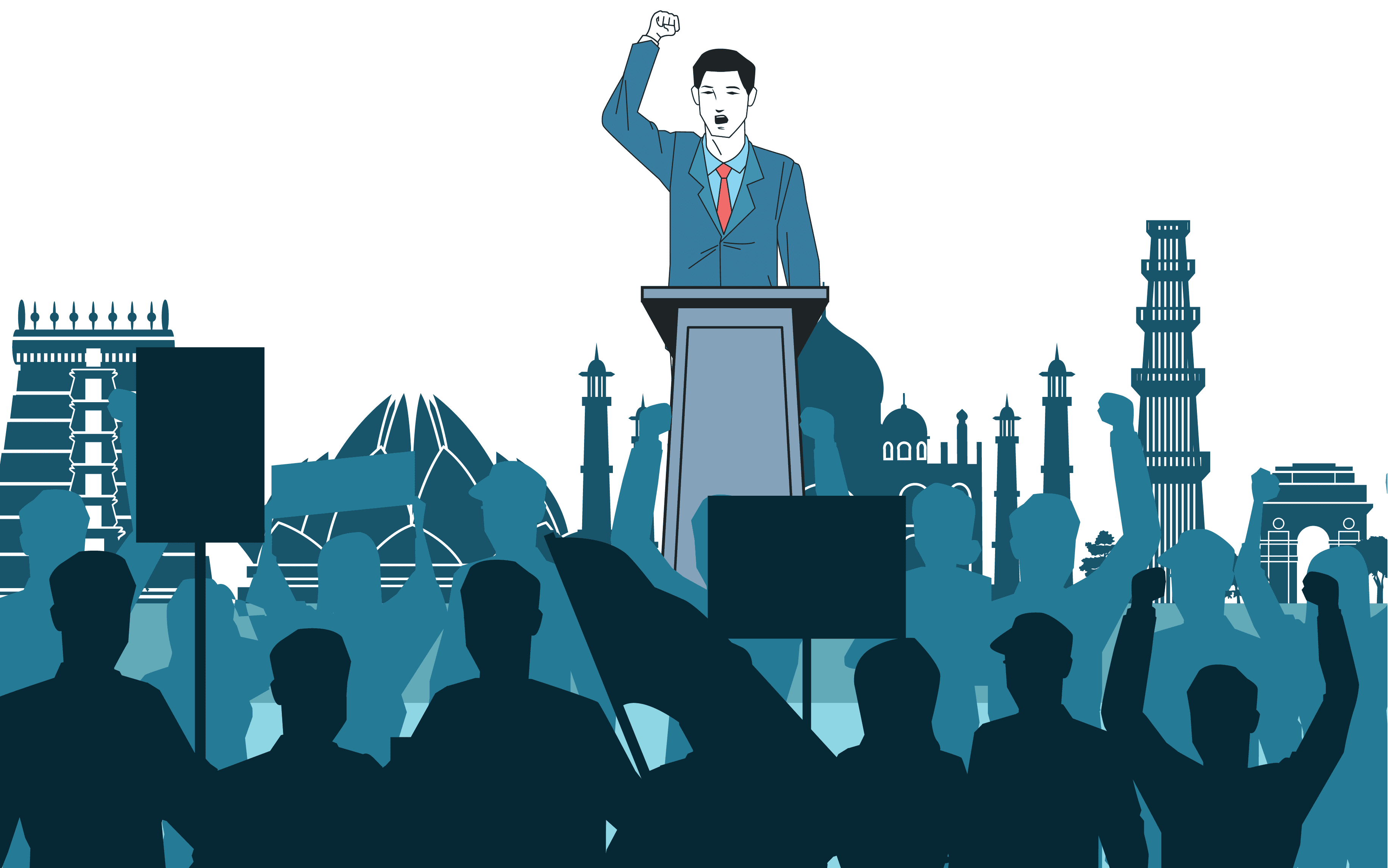Arshad Mahmood Awan
A social security system is a comprehensive framework of government-sponsored programs that provide social protection to individuals and families against economic and social risks, such as unemployment, disability, old age, and death. It serves as a critical pillar of a nation’s social policy, aiming to promote social justice, alleviate poverty, and enhance the overall well-being of its citizens.
Significance of Social Security in a Modern State:
The establishment of a robust social security system is of paramount importance for several reasons:
- Economic Security: Social security programs provide financial assistance to individuals and families who face income loss due to unemployment, disability, or old age. This financial support acts as a safety net, preventing them from falling into poverty and ensuring a basic standard of living.
- Social Justice: Social security systems promote social equity by redistributing wealth from higher-income earners to those with lower incomes. This redistribution helps to bridge the gap between the rich and the poor, contributing to a more just and equitable society.
- Social Stability: Social security programs foster social stability by reducing poverty and inequality. When individuals and families have access to basic social protection, they are less likely to engage in social unrest or disruptive behaviour.
Please, subscribe to the monthly magazines of republicpolicy.com
Models of Social Security Systems:
Social security systems can be categorized into three main models:
- Bismarckian Model: This model, named after German Chancellor Otto von Bismarck, is characterized by mandatory contributions from employers, employees, and the government. It provides benefits in proportion to contributions paid, emphasizing individual responsibility and earned entitlements.
- Beveridge Model: This model, named after British economist William Beveridge, is characterized by universal coverage and flat-rate contributions. It provides benefits based on need rather than contributions paid, emphasizing social solidarity and shared responsibility.
- Scandinavian Model: This model, prevalent in Nordic countries, combines elements of the Bismarckian and Beveridge models. It provides comprehensive coverage, mandatory contributions, and benefits based on need and contributions.
Implementing Social Security in Pakistan: A Critical Evaluation
Pakistan faces several challenges in implementing a comprehensive social security system:
- Large Informal Sector: A significant portion of Pakistan’s workforce operates in the informal sector, making it difficult to collect contributions and extend coverage.
- Resource Constraints: The government’s limited fiscal resources pose a challenge in providing adequate funding for social security programs.
- Administrative Capacity: Effective implementation of social security programs requires a robust administrative system, which Pakistan may not currently possess.
- Political Will: The political will to prioritize social security and allocate resources accordingly is crucial for successful implementation.
Despite these challenges, Pakistan can take steps to gradually implement a social security system:
- Start with a Limited Scope: Begin by implementing a social security system for a specific sector, such as formal sector employees or vulnerable groups.
- Phased Implementation: Gradually expand the scope of coverage to include more sectors and groups as resources and administrative capacity allow.
- Employer-Employee Contribution Model: Employ a Bismarckian model with mandatory contributions from employers and employees to share the financial burden.
- Leverage Technology: Utilize technology to streamline registration, contribution collection, and benefit disbursement.
- Political Advocacy: Raise public awareness of the benefits of social security and advocate for increased political support.
- International Collaboration: Seek technical assistance and expertise from international organizations to strengthen administrative capacity.
- Gradual Increase in Benefits: Start with modest benefit levels and gradually increase them as the system matures.
- Focus on Sustainability: Ensure financial sustainability by balancing contributions, benefits, and administrative costs.
- Regular Monitoring and Evaluation: Continuously monitor and evaluate the system’s performance to identify areas for improvement.
- Commitment to Social Justice: Emphasize social justice as the core principle guiding the development and implementation of social security programs.
By addressing the challenges and adopting a strategic approach, Pakistan can gradually establish a social security system that provides essential protection to its citizens, promoting social welfare and contributing to a more equitable and prosperous society.
Please, subscribe to the YouTube channel of republicpolicy.com














